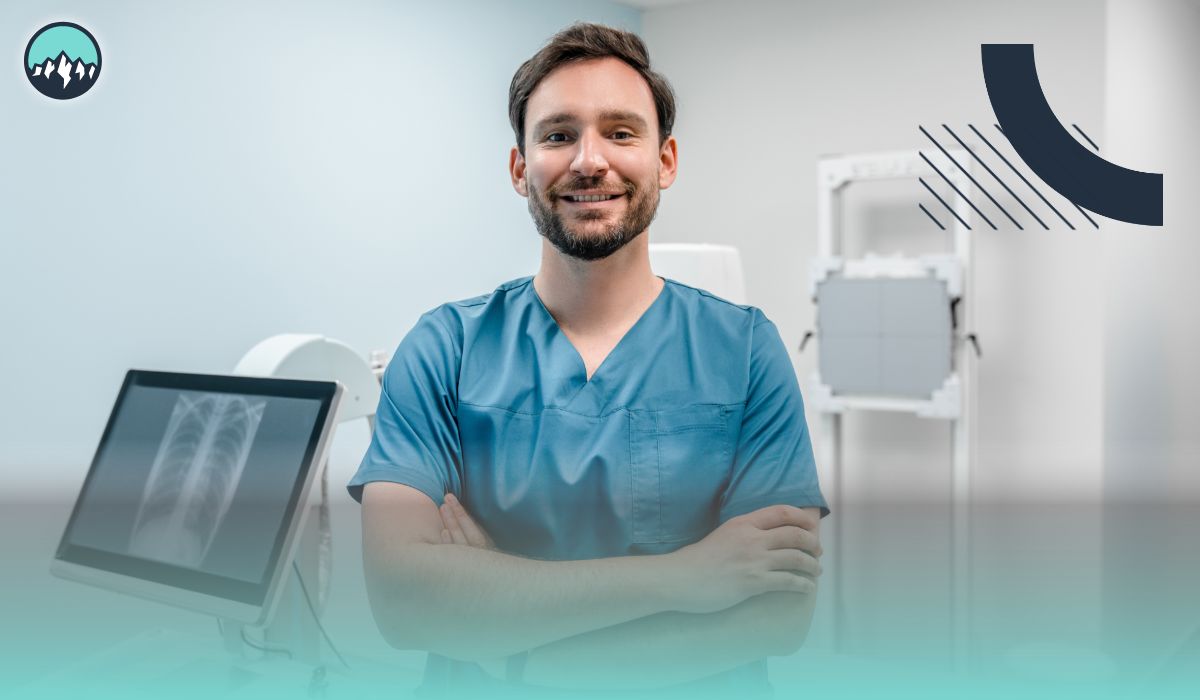How to Apply for Canadian Provincial Health Insurance
07 Jul 2025

Applying for provincial health insurance in Canada is crucial for new residents, ensuring access to necessary medical services. Each province and territory administers its healthcare plan, meaning eligibility requirements and application processes can vary significantly across the country. Understanding these differences is key to a smooth application, as specific documentation and waiting periods often apply.
This guide will explore in detail the general steps to securing health coverage in Canada.
Provincial Health Insurance in Canada
Provincial health insurance in Canada provides basic medical coverage to eligible residents. Each province manages its plan. While coverage may vary slightly, all plans include essential doctor visits and hospital services. If you immigrate to Canada, you must apply for provincial coverage to access healthcare.
Who Needs to Apply for Health Coverage in Canada?
Newcomers to Canada, such as permanent residents, temporary workers, and international students, need to apply. Each group must prove eligibility, including residency and immigration status. Provincial health insurance in Canada is not automatic. You must apply to get health coverage in Canada promptly.
When to Apply for Provincial Health Insurance
Apply as soon as you arrive in your province. Most provinces have a waiting period of up to 3 months. During this time, private insurance is recommended. Do not delay the process, as retroactive coverage is not usually available.
How to Apply for Health Coverage in Canada by Province
Here’s a quick breakdown of how to apply for health coverage in Canada by province:
- Ontario: Apply for OHIP at a ServiceOntario centre with ID and proof of address.
- British Columbia: Submit an MSP application online or by mail.
- Alberta: Register for AHCIP at a registry agent office.
- Quebec: Complete the RAMQ application form and send it with required documents.
- Other Provinces: Visit your province’s health website for step-by-step instructions.
Healthcare in Canada is public and funded through taxes. To benefit, you must register for provincial health insurance in Canada soon after arrival.
Documents Required to Apply
Applicants must show legal immigration documents and address proof. These usually include a passport, permanent resident card or work permit, and utility bills or lease agreements. Requirements vary by province, so check local guidelines before applying.
What Does Health Coverage Canada Include?
Public health coverage in Canada generally includes hospital stays, doctor visits, diagnostic tests, and some surgeries. It does not include dental care, prescription drugs, or eye exams. For these, you may need private insurance. Newcomers to Canada should consider combining public and private plans for full protection.
What If You Move Between Provinces?
If you move to another province, you must reapply for provincial health insurance in Canada. There is usually a waiting period again. Always update your status and contact your new province’s health office. Staying informed avoids gaps in health coverage Canada offers.
Tips for Newcomers to Canada
Moving to Canada marks the beginning of an exciting new chapter, but it comes with unique challenges. This guide offers essential tips to help newcomers transition smoothly and confidently.
- Apply within your first week of arrival.
- Keep copies of your immigration and address documents.
- Ask about temporary health coverage options while waiting.
- Stay informed about provincial health changes.
Provincial health insurance in Canada is essential for safe and legal access to healthcare. Don't wait - register as soon as you land.
FAQs
Do All Provinces Offer the Same Health Services?
No, each Canadian province manages its health plan and coverage details.
Is Private Insurance Required in Canada?
Private insurance is optional but helpful during the waiting period or for services not covered publicly.
Can I Apply Online for Provincial Health Insurance?
Yes, some provinces allow online applications while others require in-person visits.




